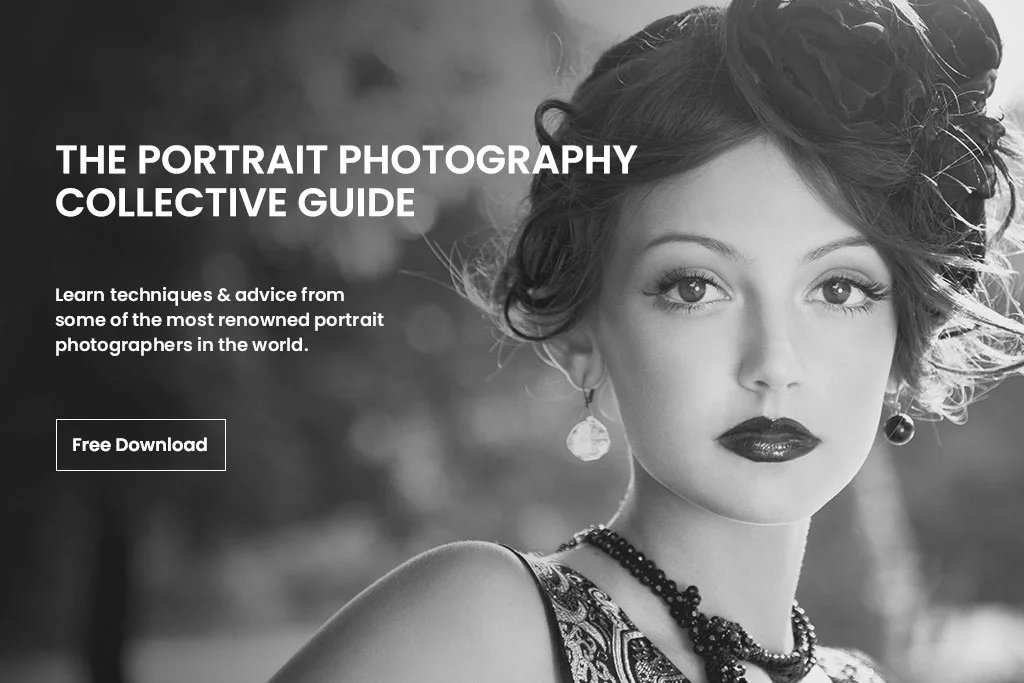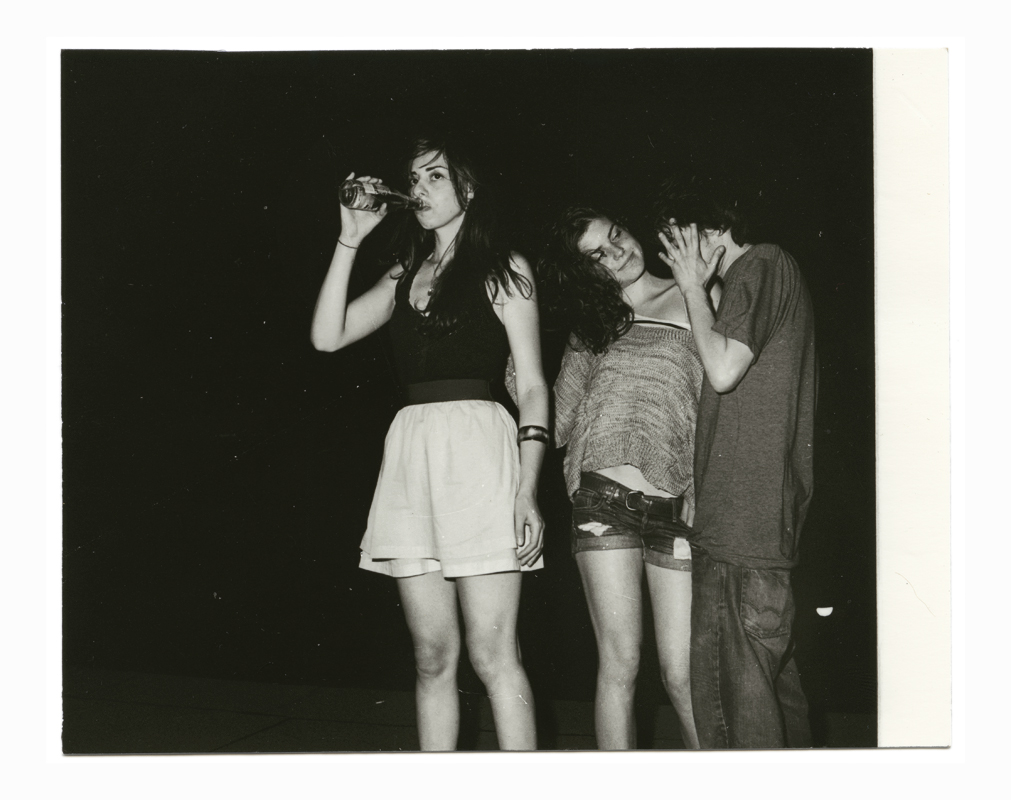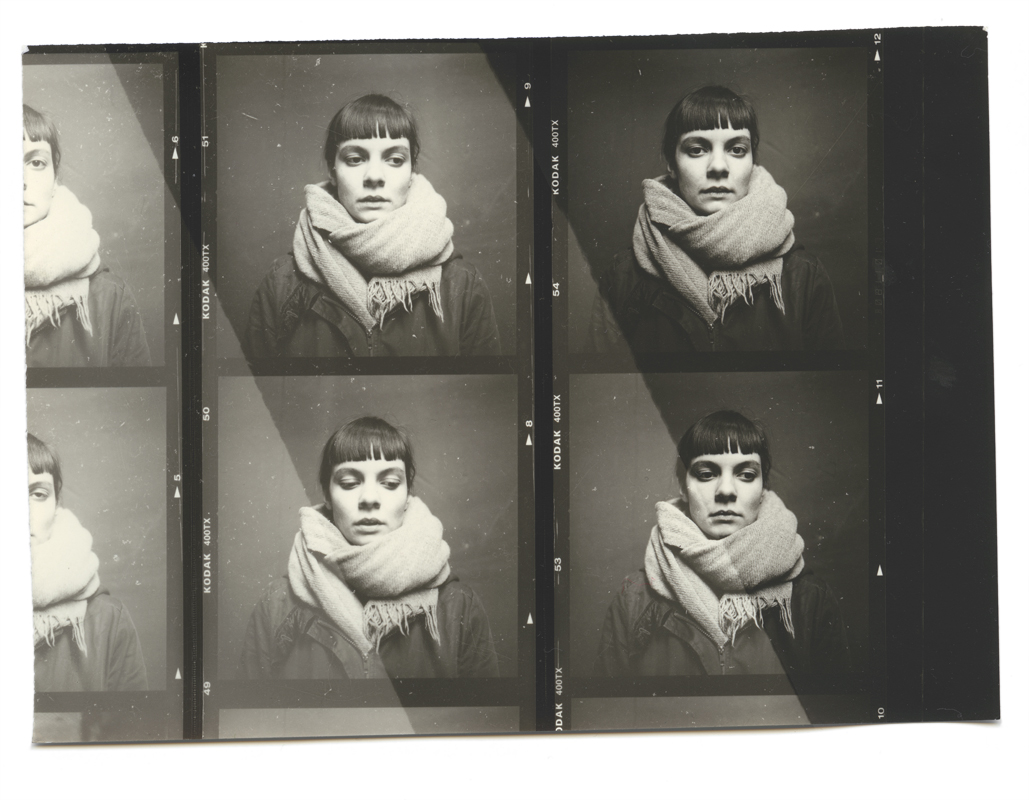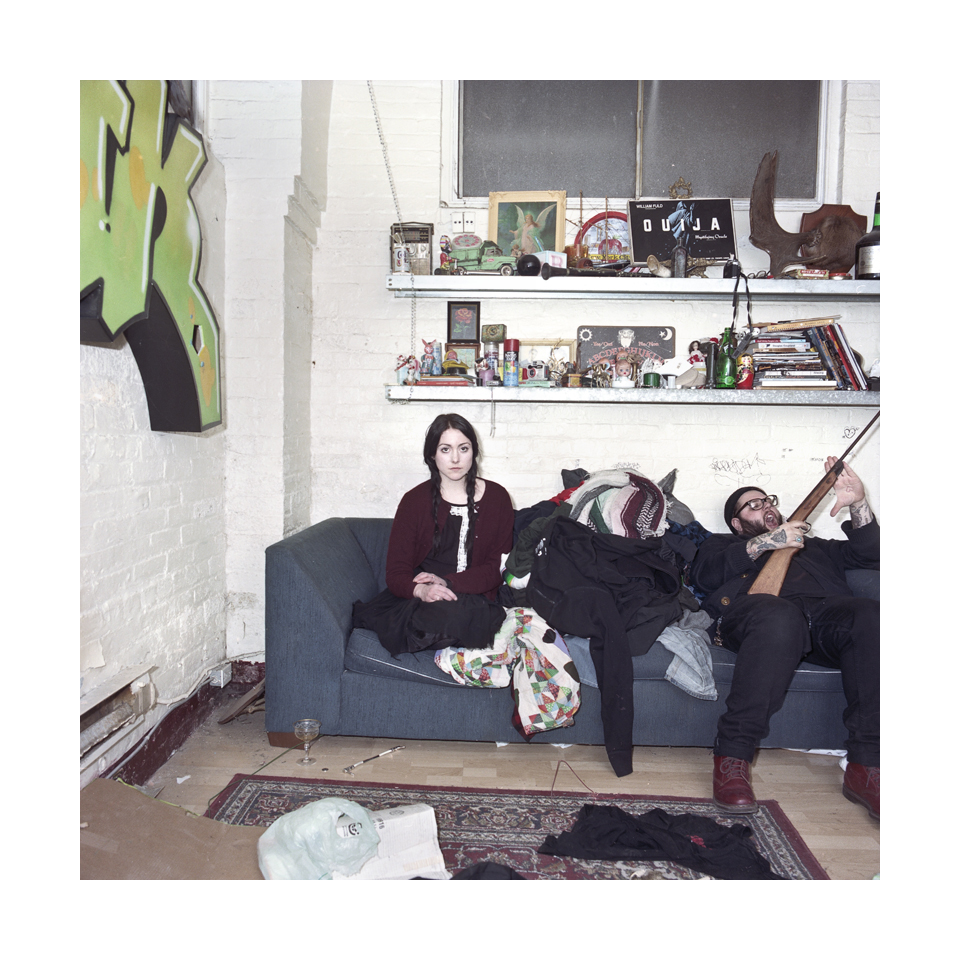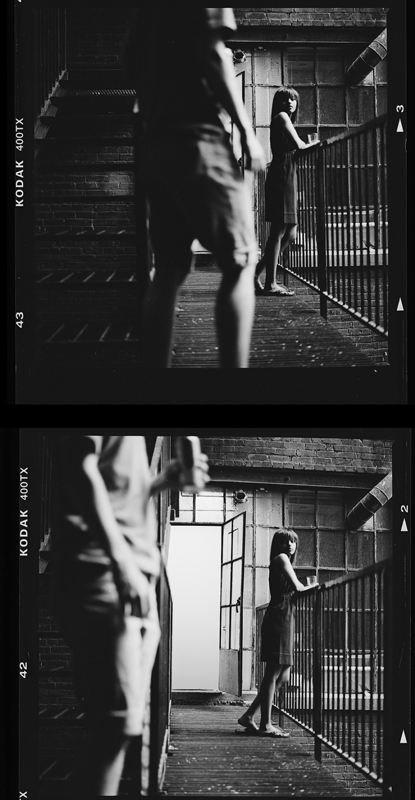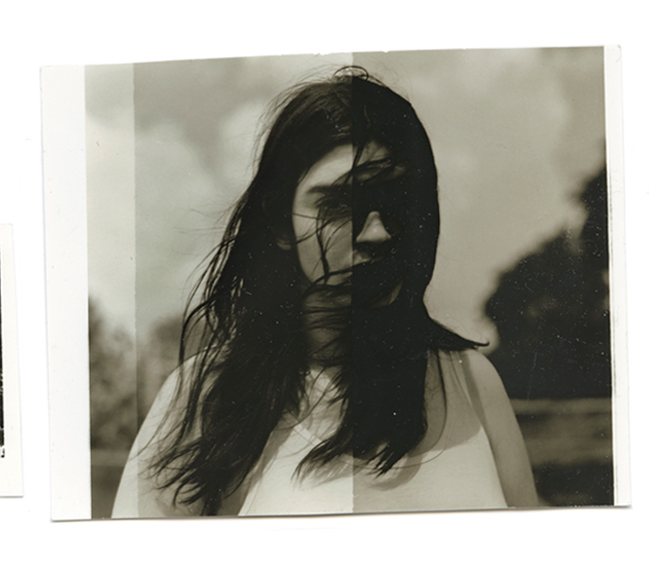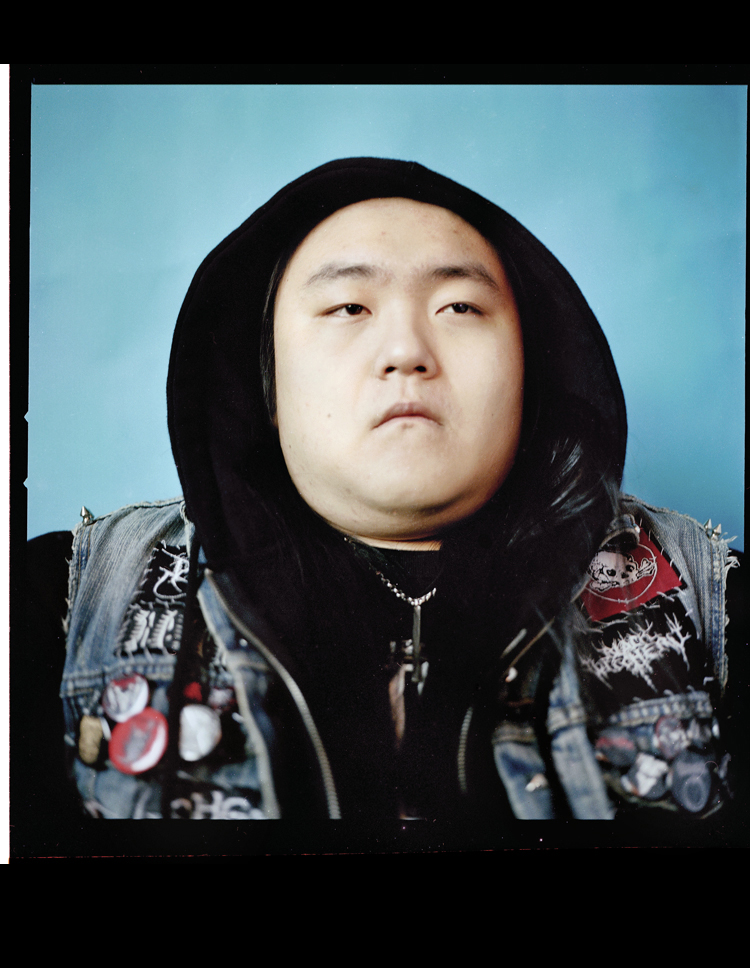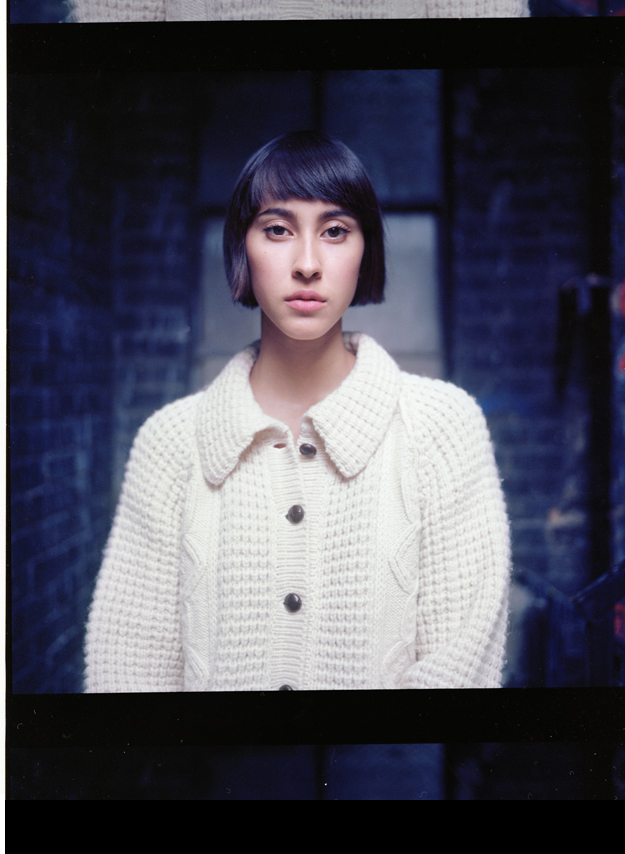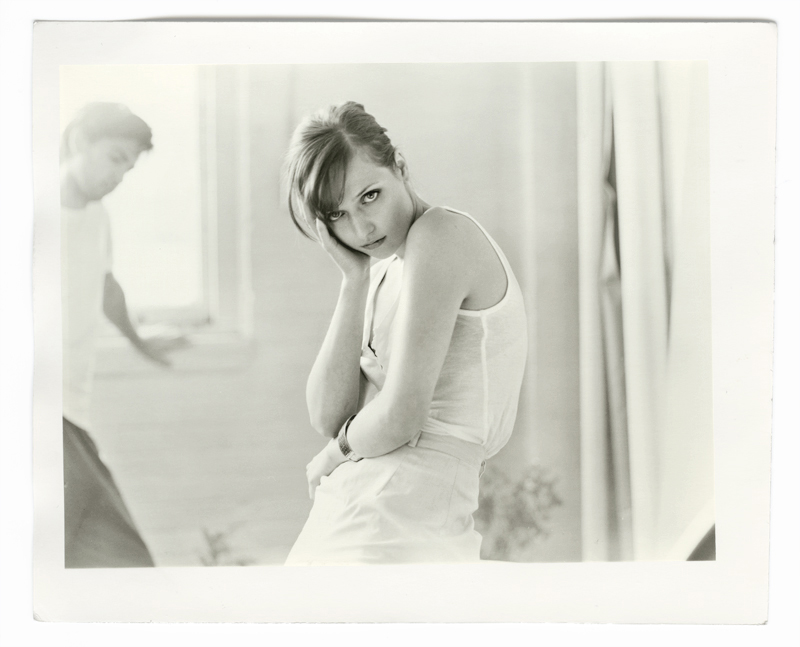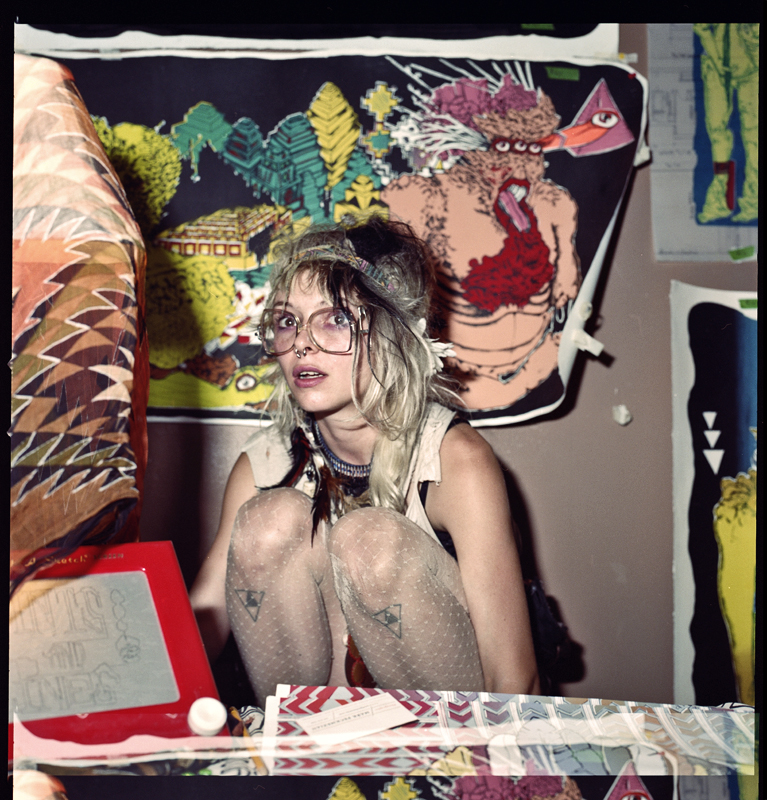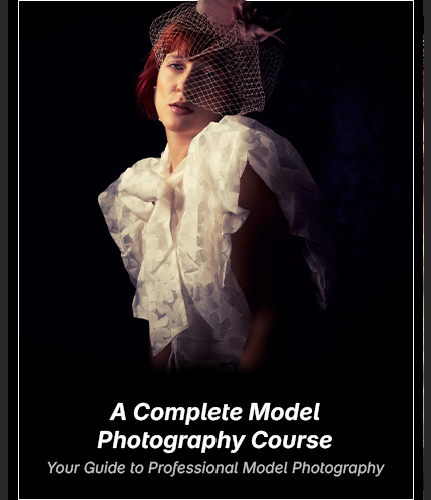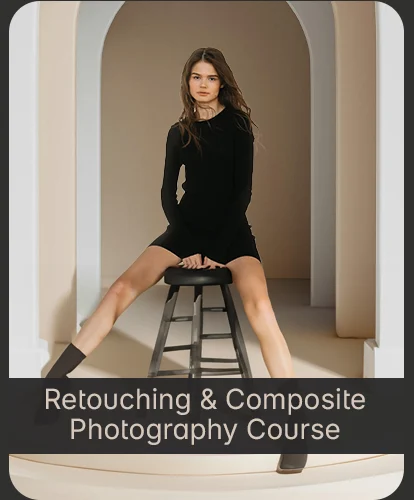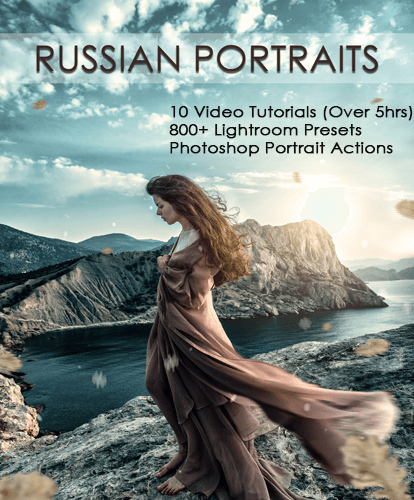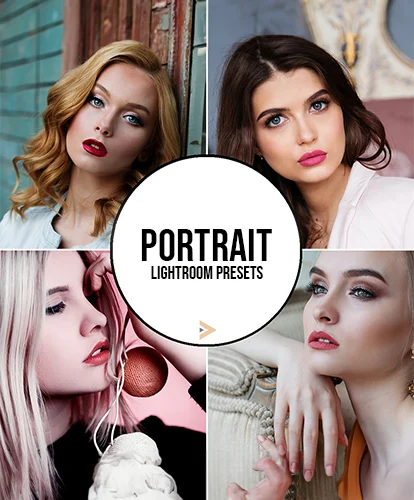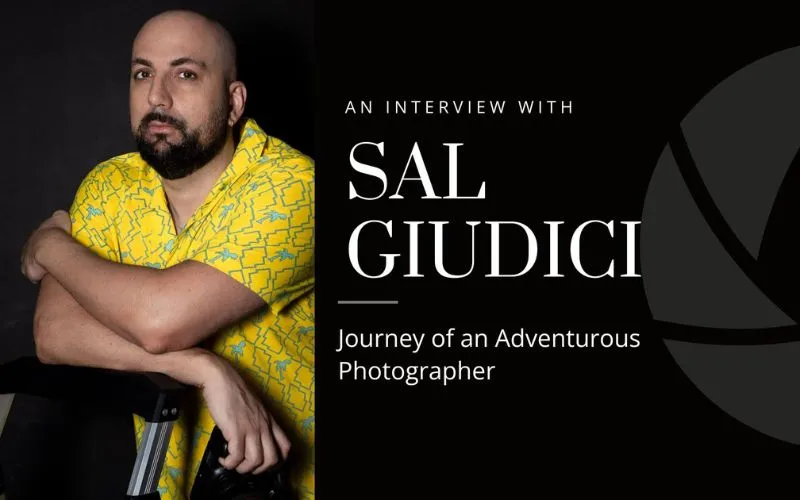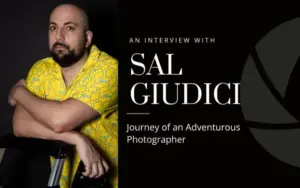There’s an unquestionable energy that leaps from portrait/lifestyle photographer Mark Peckmezian’s work. Maybe it comes from the loose connection of themes and faces. Maybe it comes from the people themselves, with their young eyes and deadpan vitality. They are looks that could jump from any snapshot or portrait. Faces unique and seemingly restless. They sneer and jolt; tempt and repel; and are accurate views into our generation.
But more concretely, the images of Mark are documents of city life and artistic endeavors — of friends and their friends — unique to Mark. But it’s not easy to make photographs look like stills from the best indie film never seen. This energy could’ve only come from a photographer skilled at finding the moment, a photographer fully involved in finding life’s few impressive frames. It is no wonder why Mark has worked with high-profile clients like the New Yorker and Bloomberg and had his work exhibited in galleries around the world.
In this interview, Mark talks about his favorite camera formats, explains how he’s able to shoot incredibly intimate moments, and reveals how Mark approaches directing his subjects.
Q1. You have a tight focus on contemporary lifestyle, and your portraits are very personal. How would you describe your work? How did you get your start?
Ans. Not sure how I’d describe it. I’m interested in whatever I’m interested in — it’s been portraiture and documentary photography for a while, but if I were suddenly more interested in, say, sculpture, I’d drop it all. Originally I wanted to make films. I still have a strong interest in this, and it’s the direction I see myself going to in the coming years.
Q2. What equipment do you use for your portraits? Why do you preferring using that equipment?
Ans. I mostly use a Hasselblad, Rolleiflex, and, lately especially, a 4×5. Each has it’s own characteristics, and the choice of which to use depends on the concept. The Hasselblad is solid all around camera and I have a variety of lenses for it; I use this mostly for commercial work. The Rollei has an older lens that has a softer rendering than the Hasselblads, especially great for black and white photography. The 4×5 has a clarity and precision that’s right for certain concepts.
Q3. It seems like your subjects have unique personalities and diverse looks. Are they friends? What is your approach to taking photos of what seem like candid moments?
Ans. The people in my photos are mostly friends and friends-of-friends. I think of them as either “models” or “subjects,” depending on the idea and how they’re used. I consider the choice in who you photograph to be very, very important. I’ll often just take snapshots totally candidly. Sometimes I’ll tell someone to do something again or the like. And sometimes I construct photos that are to be read as candid. I think a lot of people are uncomfortable being photographed, but that generally just means you haven’t photographed them enough yet. My good friends, for example, are so familiar with me shoving a camera in their face that they don’t even really notice it anymore.
Check out: Portrait Photography Course
Q.4 You have a large collection of photographs. Are you constantly shooting? How do you sense when a particular moment should be photographed? What do you look for?
Ans. I shoot a lot, yeah. I carry a camera around with me all the time and always have something cooking in the studio. Sometimes the urge to photograph something just comes out of the blue, unconsciously. Sometimes I’m consciously hunting for an image. Usually it’s a mix of the two, where I sense that there is a photo at hand, and then navigate cerebrally through some choices. I’m not sure how to describe what it is about something that strikes me. That’s for my intuition to decide, ultimately.
Q5. One of my favorite portraits is a woman outside with her hair covering her face. This photograph is a good example of how you allow your subject’s personality to communicate to the viewer. She seems like a very thoughtful and caring person. What is your approach to directing your subjects? Do you say anything?
Ans. Well that photo, for instance, was a moment during a photo shoot with her. I had some ideas for her in a particular location, and suggested we meet. That photo was not the original idea I had, but it shared the same basic parameters that I established with the other ideas, and it appealed to me. I take a different approach for different subjects. For studio portraits, often I’ll invite the subject over and we’ll just sit around and chat for half an hour before starting to shoot. And during the shoot I may say nothing. Sometimes we might have a conversation about things unrelated to photography while I’m shooting. And sometimes I’ll give very specific direction, depending on the idea. I try to keep photoshoots very casual in general, though; in my mind, myself and the subject are toying around together and seeing what sticks.
Check out: F
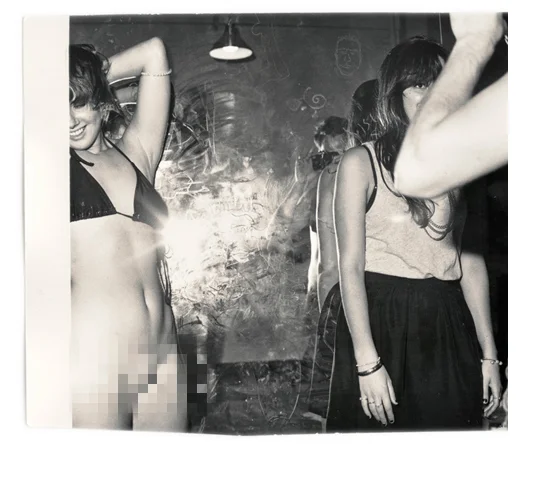
Check out: Portrait Photography Pricing Guide: To Help You Market Better
Q6. The title of your book is Photographs and Pictures. What would you say the difference between the two is?
Ans. I was using those words in a sort of idiosyncratic way back then. At the time I felt like I had two different kinds of work, informal snapshot work, which I called “pictures,” and formal studio work, which I called “photographs.”
Q7. You’ll also done some commercial work. What advice would you give to other aspiring commercial photographers about making sure they meet their client’s needs?
Ans. I’m not sure. I do commercial work but don’t consider myself a commercial photographer, really — art is what I’m interested in. In fact, commercial photography grosses me out in a lot of ways. It’s a great day job and can be a lot of fun, but I don’t understand anyone that JUST does commercial work, or aspires to that and that alone. However fun the job, commercial photography is done for money at the end of the day, and there’s gotta be a bigger reason to get up in the morning.
My policy, in general, has always been to just make work for yourself, to make work that you want to see, to make work for it’s own sake. I think it just so happens that this ethic sometimes leads to other kinds of success, but that can’t be your motivation.
Check out: Guides To Stunning Portraits With Single & Double Lighting
Q8. It seems like you’ve decided on the personal instead of the abstract or refined for most of your photographs. If you were to write a manifesto about your “school” of photography, what would the first three sentences say?
Ans. My only ideology is to not have ideology. I have a lot of strong opinions but, ultimately, I don’t think one should ever be wedded to any idea. I think what I said above, about making work for yourself, might be the closest thing.
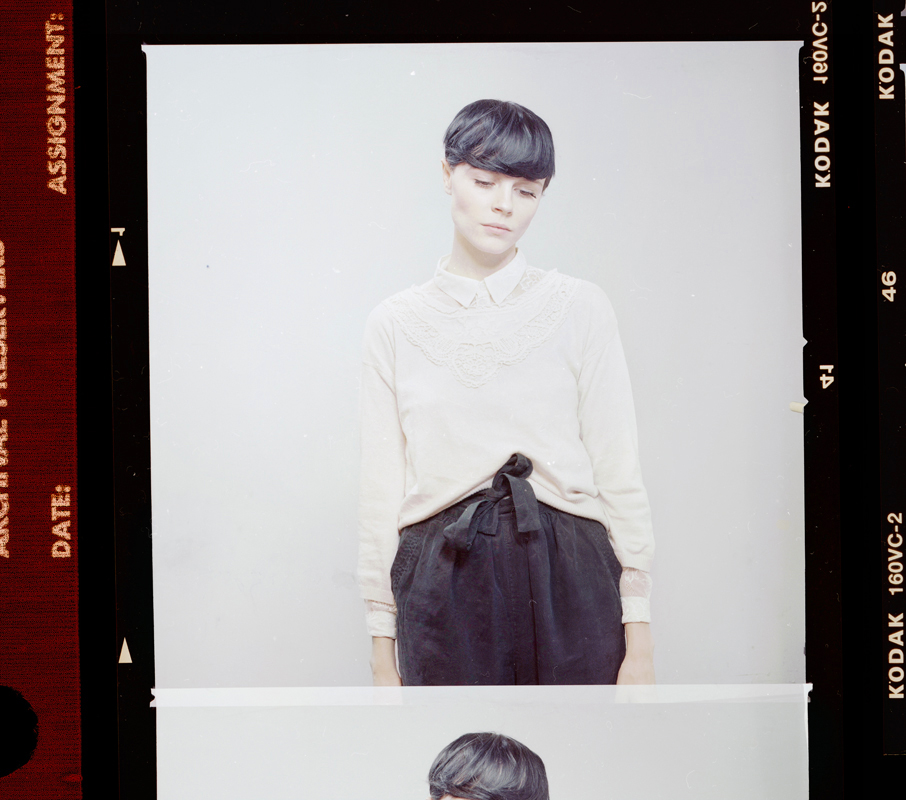
Q9. Finally, what was thele=”personal instead” greatest advice you ever received? Photography related or not.
Ans. Oh boy… I really couldn’t say, I don’t know. If someone asked me to give them advice the only sincere advice I could give them is to not look to others for advice. We need to think for ourselves. Is that advice?
Be sure to check out all the work of Mark on his website!

